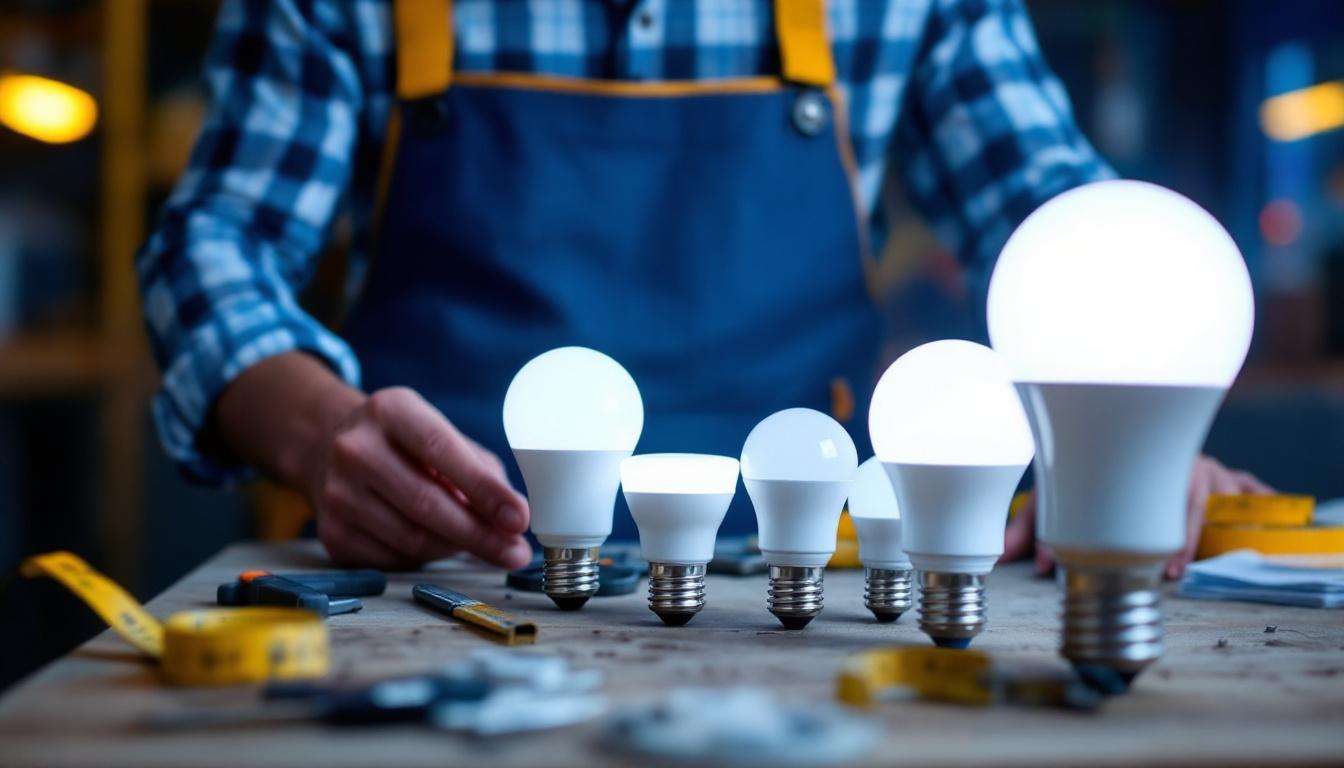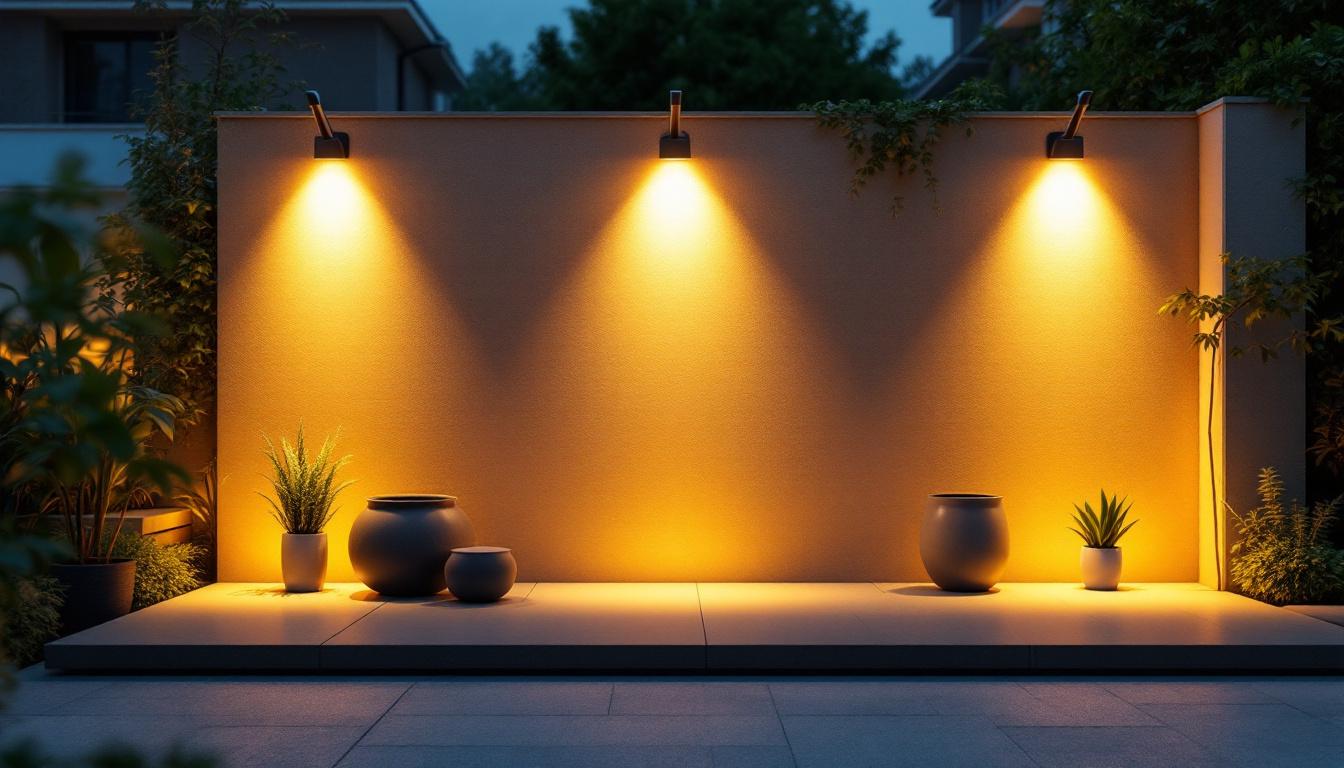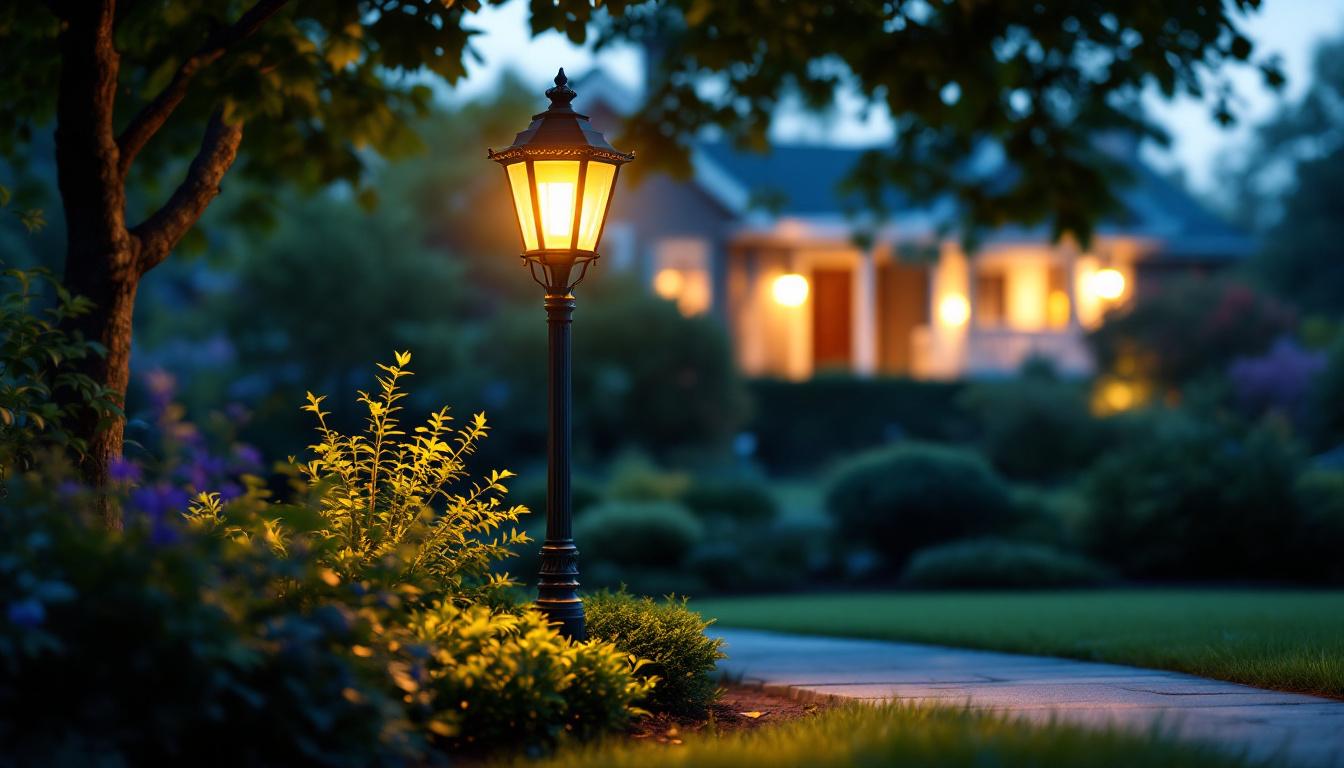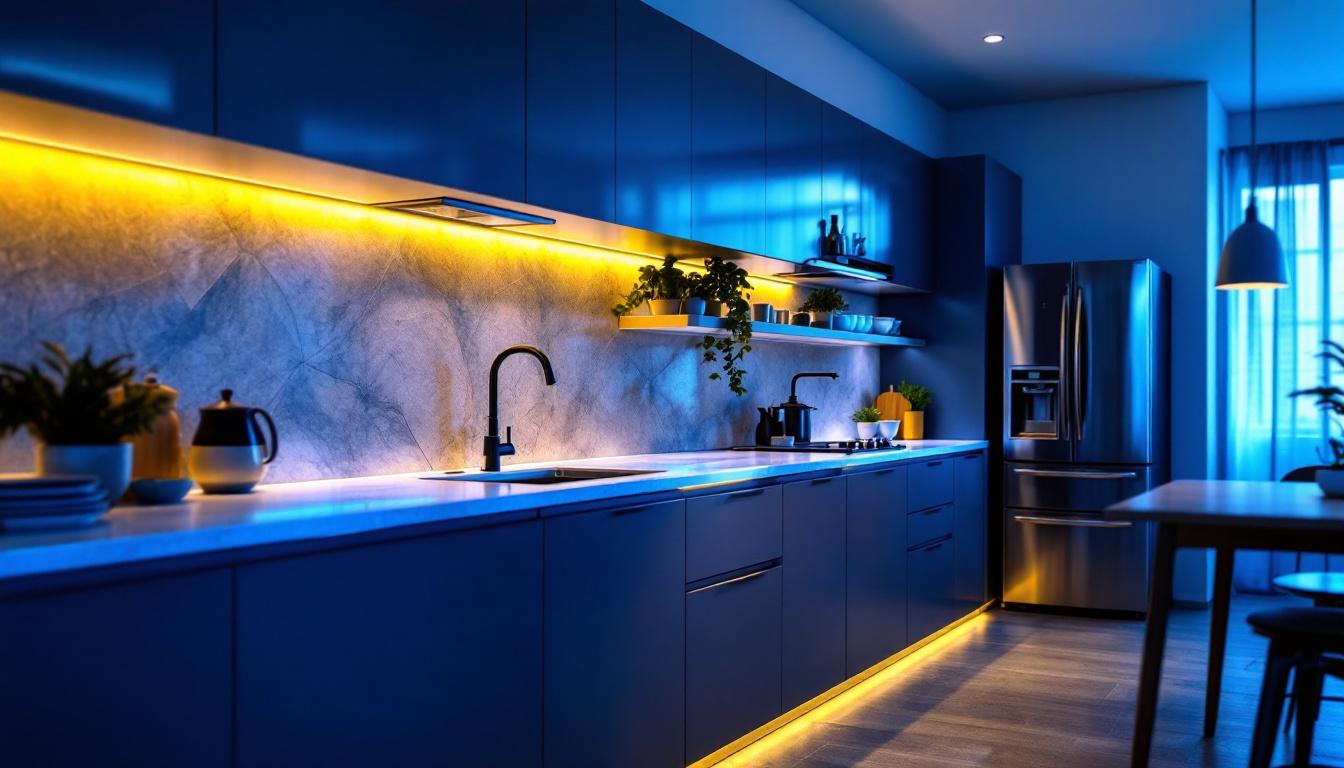
In the world of lighting, LED technology has revolutionized how spaces are illuminated. For lighting contractors, understanding the various LED lamp sizes is crucial for delivering the best solutions to clients. This checklist will guide contractors through the essential lamp sizes, their applications, and considerations for installation.
LED lamps come in a variety of sizes and shapes, each designed for specific applications. Familiarity with these sizes not only aids in selecting the right lamp for the job but also ensures compliance with industry standards and client expectations. This knowledge is particularly important in commercial settings where lighting can significantly impact productivity and ambiance.
LED lamps are categorized by their size, which is typically denoted in watts, lumens, or specific dimensions. Common sizes include A19, BR30, PAR38, and GU10. Each of these sizes serves different purposes and has unique characteristics that make them suitable for various environments. For example, PAR38 bulbs are often utilized in outdoor floodlights due to their ability to produce a high-intensity beam, making them ideal for illuminating large areas such as parking lots or sports fields.
The designation of LED lamps often refers to their shape and size. For instance, the A19 bulb is a standard household bulb, measuring approximately 2.4 inches in diameter. In contrast, the BR30 bulb, commonly used in recessed lighting, has a broader base and is designed for directional lighting. Understanding these dimensions is essential for ensuring proper fit and functionality in fixtures. Moreover, the GU10 bulb, with its distinctive twist-and-lock base, is frequently used in track lighting and spotlights, allowing for easy installation and replacement. Each lamp’s design not only influences its aesthetic appeal but also its performance characteristics, such as beam angle and light distribution, which can dramatically alter the atmosphere of a space.
Different LED lamp sizes are suited for various applications, ranging from residential to commercial lighting. Knowing where each size excels can significantly enhance the effectiveness of a lighting design.
In residential settings, A19 and BR30 bulbs are frequently used. A19 bulbs are ideal for table lamps, ceiling fixtures, and sconces, while BR30 bulbs are commonly found in recessed lighting and track lighting. The warm light produced by these bulbs creates a cozy atmosphere, making them popular choices for living spaces. Additionally, LED technology allows for dimmable options, enabling homeowners to adjust the brightness to suit different moods or activities, from reading a book to hosting a dinner party. The energy efficiency of these bulbs also means that homeowners can enjoy lower electricity bills while contributing to a more sustainable environment.
For commercial and industrial applications, larger bulbs like PAR38 and T8 tubes are often utilized. PAR38 bulbs are excellent for outdoor flood lighting, while T8 tubes are widely used in office spaces and warehouses. Their higher lumen output and efficiency make them suitable for environments requiring bright, consistent lighting. Furthermore, T8 tubes are available in various color temperatures, allowing businesses to select lighting that enhances productivity and comfort for employees. In retail settings, the use of LED track lighting with PAR38 bulbs can highlight products effectively, drawing customers’ attention and improving the overall shopping experience. The durability of these LED options also means less frequent replacements, reducing maintenance costs and downtime.
Selecting the appropriate LED lamp size involves considering several factors, including the intended use, fixture compatibility, and desired light output. Contractors must evaluate these elements to ensure optimal performance and client satisfaction.
Before choosing an LED lamp, it is essential to assess the fixture’s compatibility. Different fixtures have specific requirements regarding bulb size, shape, and wattage. For example, a fixture designed for a PAR38 bulb will not accommodate an A19 bulb. Understanding these specifications helps avoid installation issues and ensures a seamless lighting solution. Additionally, it is important to consider the fixture’s design and aesthetic. A sleek, modern fixture may require a specific style of LED lamp to maintain its visual appeal, while a more traditional fixture might benefit from a vintage-style bulb that complements its design. This attention to detail not only enhances the overall look of the space but also ensures that the lighting is functional and effective.
The desired light output, measured in lumens, is another critical factor. Higher lumen ratings indicate brighter light, which may be necessary for spaces like warehouses or retail areas. Conversely, softer lighting may be preferred in residential settings. Contractors should consult lumen charts to determine the appropriate bulb size and type based on the specific lighting needs of the project. Furthermore, the color temperature of the light, measured in Kelvin, plays a significant role in the ambiance of a space. Warmer tones (around 2700K to 3000K) create a cozy atmosphere, ideal for living rooms and bedrooms, while cooler tones (above 4000K) are often used in workspaces to promote alertness and productivity. Understanding both lumens and color temperature allows contractors to tailor lighting solutions that not only meet functional requirements but also enhance the mood and aesthetic of the environment.
One of the primary advantages of LED technology is its energy efficiency and longevity. LED lamps consume significantly less energy than traditional incandescent bulbs, making them a cost-effective choice for clients. This efficiency not only leads to lower electricity bills but also contributes to a more sustainable environment by reducing overall energy consumption.
When selecting LED lamp sizes, contractors should consider the energy consumption of each option. For instance, a 10-watt LED bulb can produce the same amount of light as a 60-watt incandescent bulb, resulting in substantial energy savings. This aspect is particularly appealing to clients looking to reduce their energy bills and carbon footprint. Furthermore, the reduced energy demand on the grid can help alleviate stress on local power plants, contributing to a more stable energy supply and potentially lowering peak demand charges for consumers.
LED lamps are designed to last longer than traditional lighting options, often exceeding 25,000 hours of use. This longevity translates to reduced maintenance costs and fewer replacements, making LED lamps an attractive investment for both residential and commercial clients. Contractors should highlight these benefits when discussing options with clients. Additionally, the durability of LED technology means that these bulbs are less susceptible to breakage and can perform well in various environmental conditions, including extreme temperatures and humidity levels. This resilience makes them suitable for a wide range of applications, from outdoor lighting to industrial settings, where reliability is crucial.
Beyond energy savings and longevity, the environmental impact of switching to LED lighting cannot be overlooked. LEDs contain no hazardous materials, such as mercury, which is commonly found in fluorescent bulbs, making them a safer choice for both users and the environment. Moreover, their lower energy consumption leads to decreased greenhouse gas emissions, further supporting global efforts to combat climate change. As more clients become environmentally conscious, emphasizing the ecological benefits of LED lighting can be a compelling selling point for contractors.
The rapid advancements in LED technology have also led to improved color rendering and brightness options, allowing for greater versatility in design and application. Modern LEDs can now mimic the warm glow of traditional incandescent lighting while providing the energy efficiency benefits associated with LED technology. This adaptability makes it easier for clients to transition from older lighting systems without sacrificing the aesthetic qualities they desire. Furthermore, smart LED options are becoming increasingly popular, enabling users to control their lighting remotely and customize settings to enhance energy savings even further.
Proper installation is vital to ensure the longevity and performance of LED lamps. Contractors must be aware of specific installation guidelines and best practices to maximize the effectiveness of the lighting solution.
While LED lamps generate less heat than incandescent bulbs, they still require adequate heat dissipation to maintain optimal performance. Contractors should ensure that fixtures are designed to allow for proper airflow and heat management. This consideration is particularly important in enclosed fixtures, where heat buildup can shorten the lifespan of the lamp.
When installing LED lamps, it is essential to consider the wattage and dimming compatibility of the fixtures. Not all LED lamps are compatible with dimmer switches, and using an incompatible bulb can lead to flickering or reduced performance. Contractors should verify the specifications of both the lamp and the fixture to ensure a harmonious integration.
The lighting industry is continually evolving, with new trends emerging that influence LED lamp sizes and applications. Staying informed about these trends can help contractors provide cutting-edge solutions to their clients.
One of the most significant trends in lighting is the rise of smart lighting solutions. Many LED lamps now come equipped with smart technology, allowing users to control brightness, color, and even scheduling through mobile apps or voice commands. Contractors should familiarize themselves with these products to offer clients modern, flexible lighting options.
As clients become more design-conscious, the demand for aesthetically pleasing lighting solutions has increased. LED lamps are now available in various colors, shapes, and finishes, allowing for greater customization. Contractors should be prepared to discuss these options with clients to create tailored lighting designs that enhance the overall ambiance of a space.
Understanding LED lamp sizes is essential for lighting contractors aiming to deliver effective and efficient lighting solutions. By familiarizing themselves with the various sizes, applications, and installation considerations, contractors can better serve their clients and enhance the quality of their projects.
From residential to commercial applications, the right LED lamp size can make a significant difference in both functionality and aesthetics. By staying updated on industry trends and best practices, lighting contractors can continue to provide exceptional service and innovative solutions in an ever-evolving market.
Ready to elevate your lighting projects with the right LED lamp sizes and unmatched value? Look no further than LumenWholesale, where we provide contractors with superior, spec-grade lighting products at wholesale prices that defy the competition. Our extensive selection is designed to meet the highest industry standards, ensuring you deliver reliable and high-performance lighting solutions every time. With the convenience of bulk buying, free shipping, and no hidden fees, LumenWholesale is your go-to source for premium lighting without the premium price tag. Don’t compromise on quality or cost—discover the best value in wholesale lighting today and bring brilliance to every project.

Discover essential insights and expert tips on sourcing and installing commercial fan replacement parts tailored for lighting contractors.

Discover the frequent pitfalls lighting contractors encounter with outdoor lighting sets.

Discover innovative ways to enhance your home’s curb appeal and security with front lawn lamp posts.

Discover the essential insights into under cabinet LED kitchen lights with answers to common questions from lighting contractors.